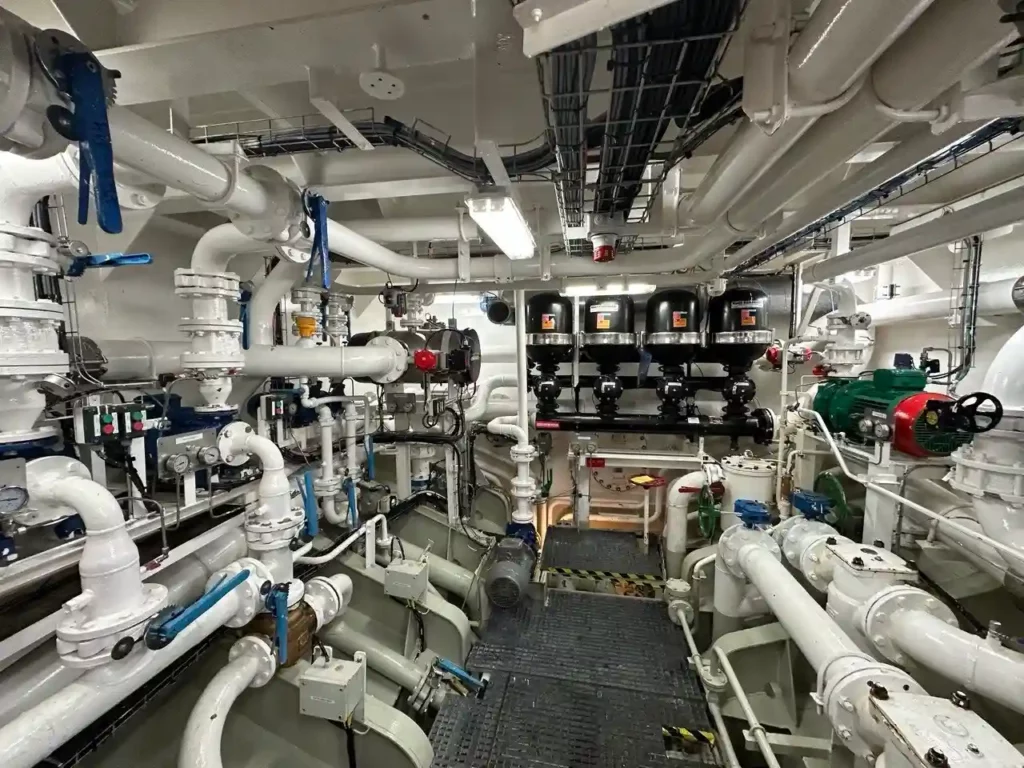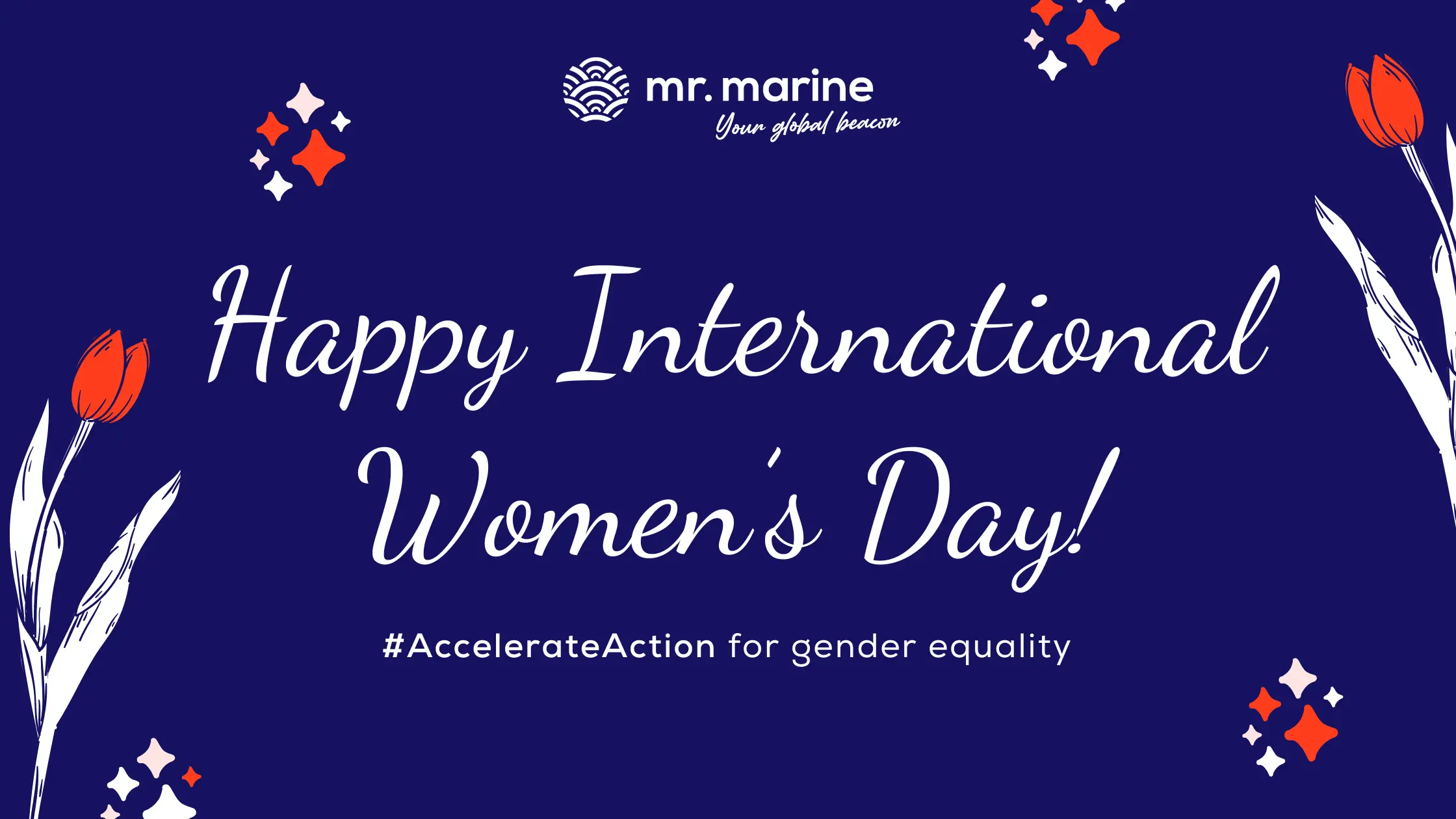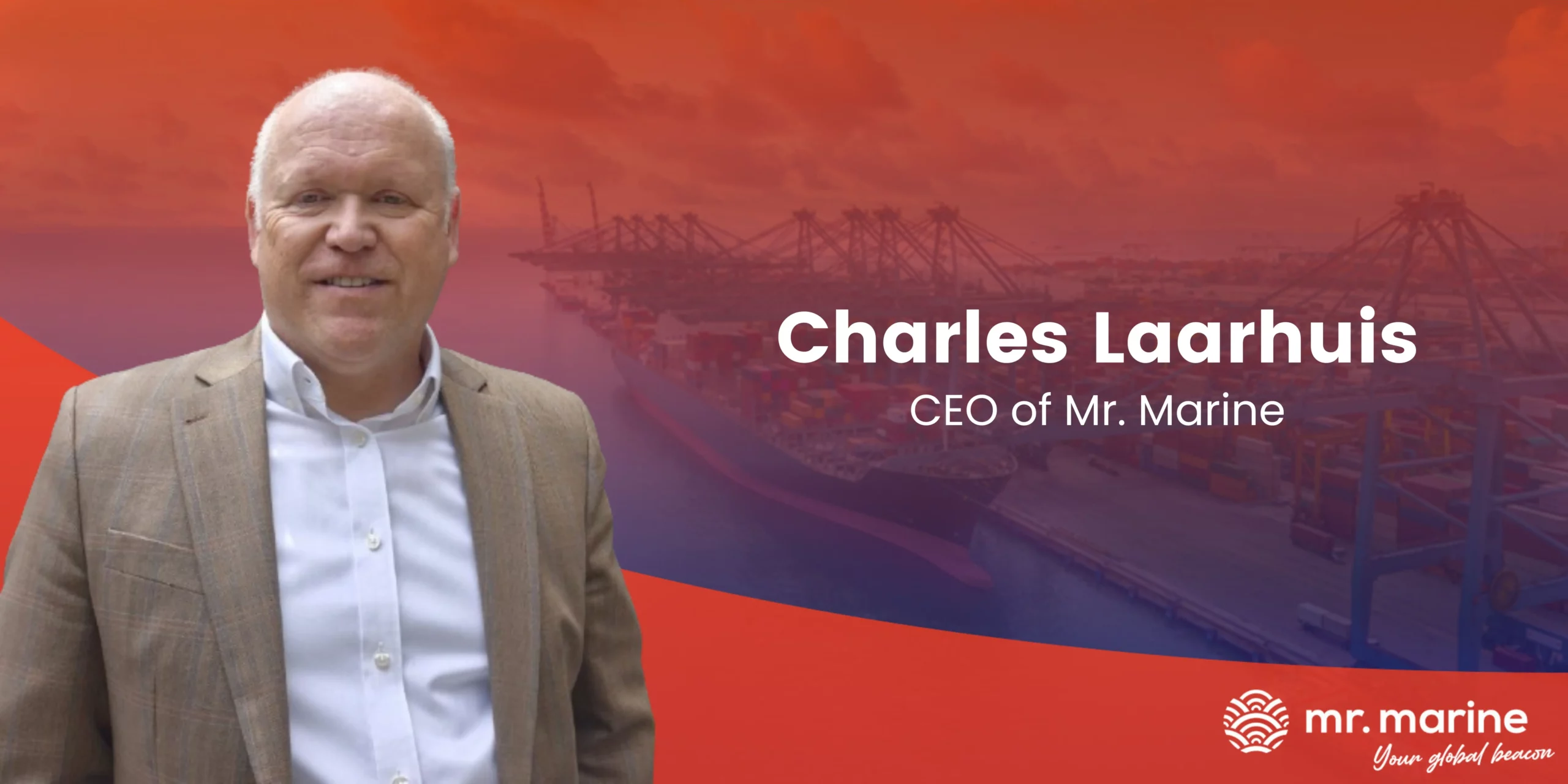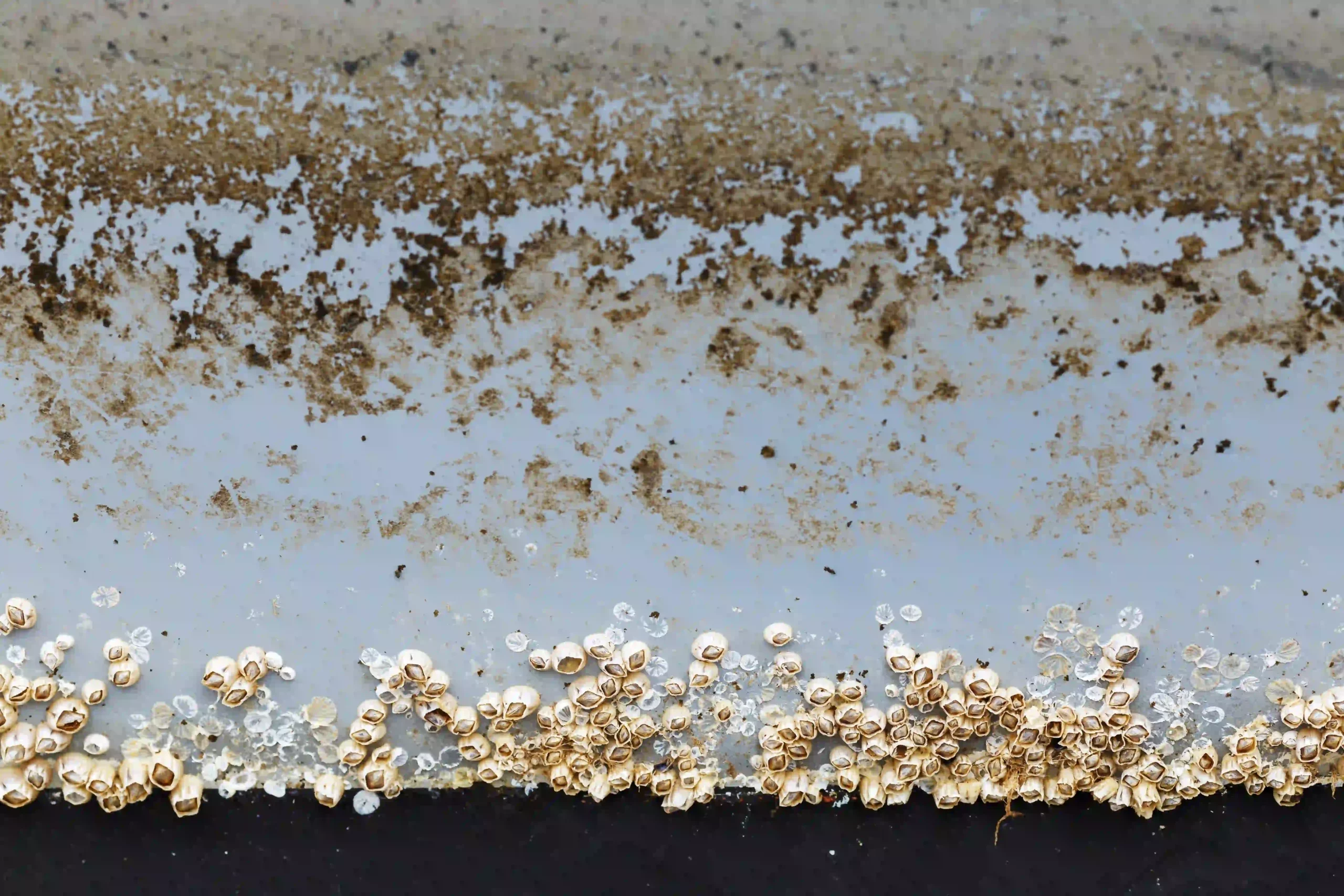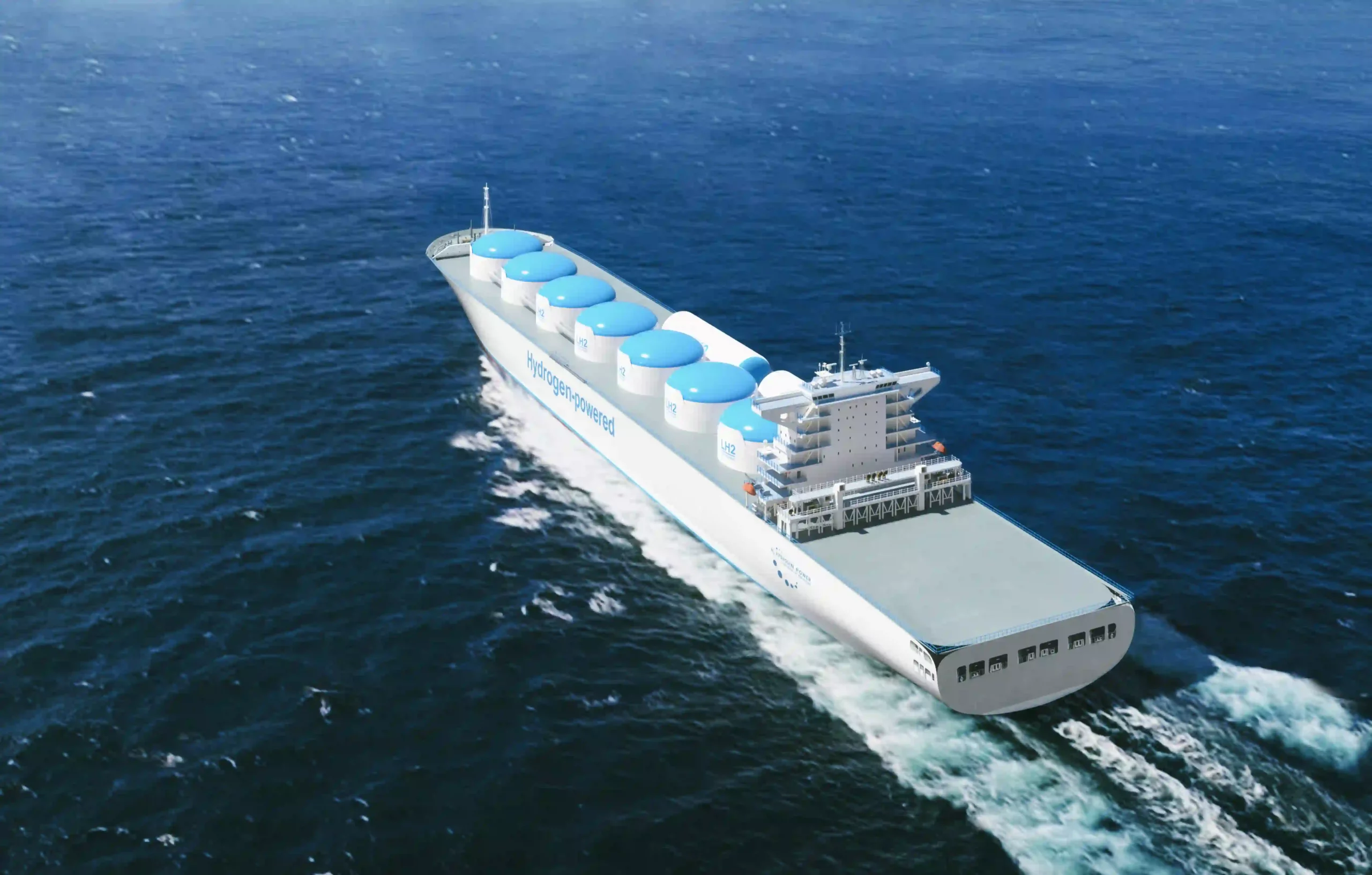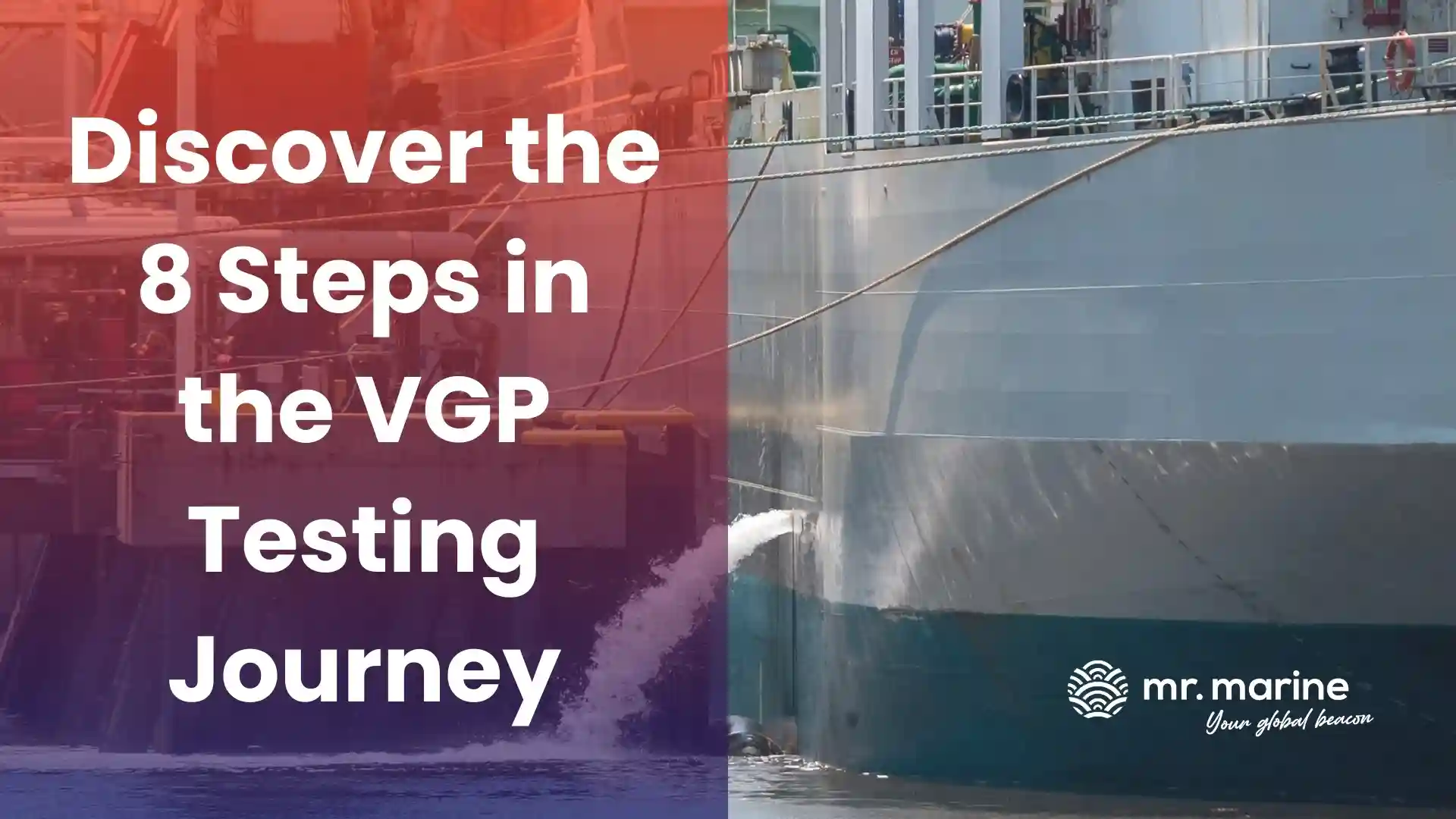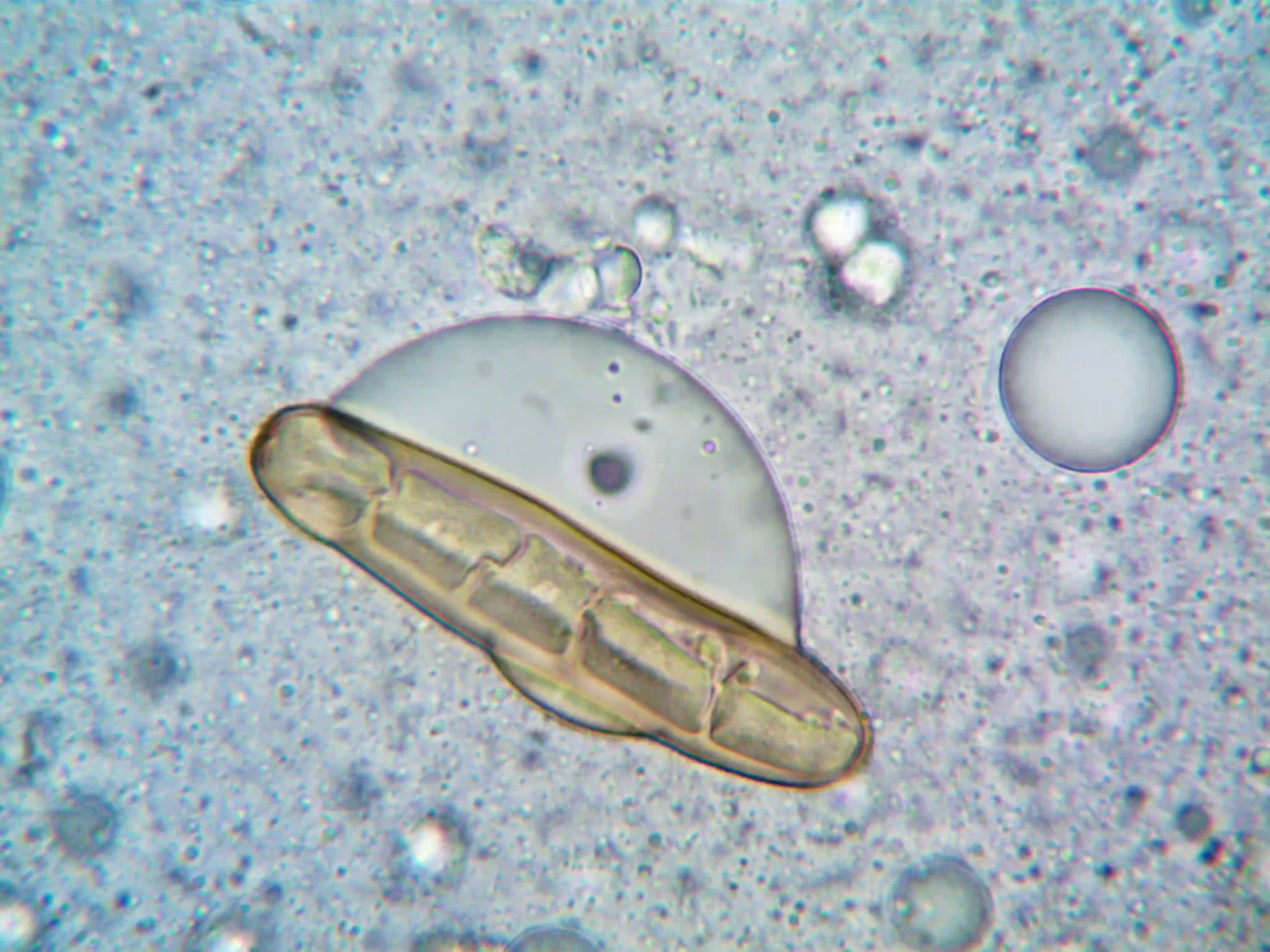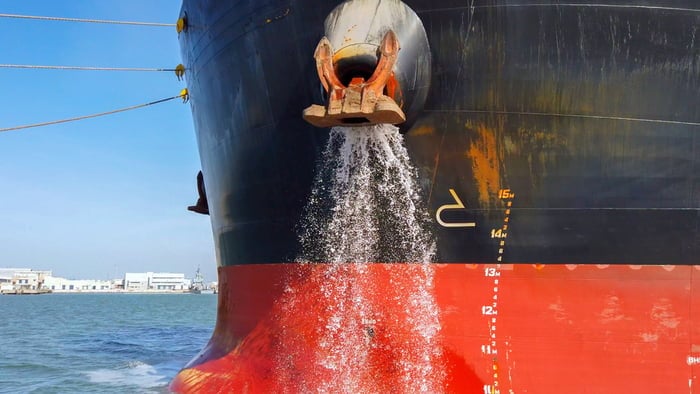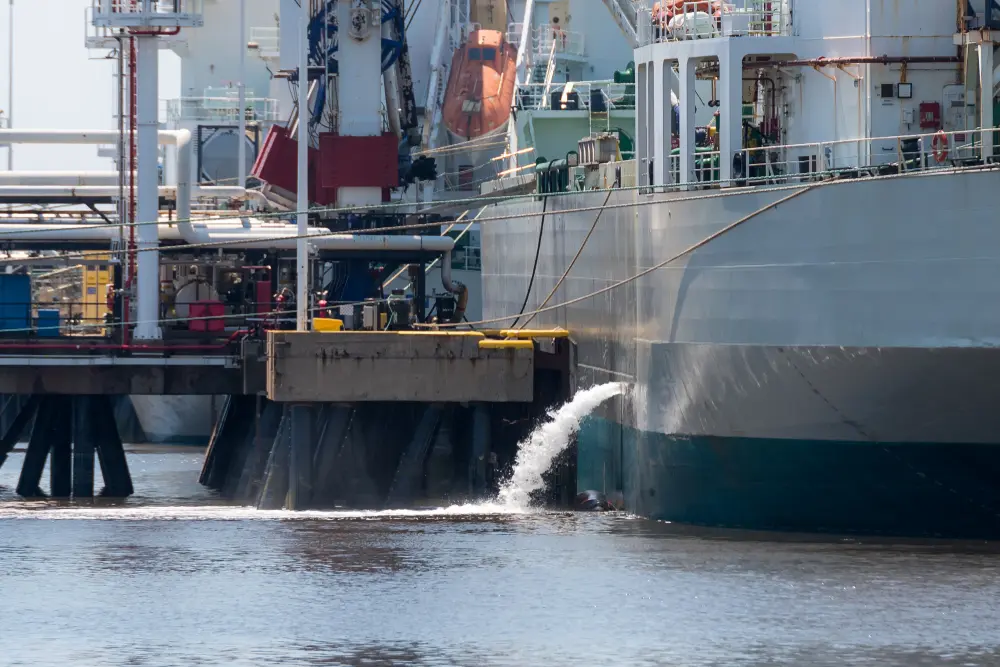The ballast water plays an essential role in maintaining the stability level of the vessels. However, it can also impose significant threats to marine ecosystems due to the potential transfer of invasive species and harmful pathogens. In order to protect our global waters and ensure a sustainable maritime environment, strict regulations (e.g., IMO and Ballast Water Management Convention) have been put in place. In this blog post, we explore various types of water treatment technologies used to treat ballast water, preserving the water quality and decreasing the environmental effects.
Types of Ballast Water Treatment
Physical Separation or Filtration Systems
Physical filtration is one of the most straightforward methods, referring to the use of physical barriers like screens or water filters to remove large particles, solids, and other sea life from the ballast water. The backwash containing the unwanted material blocked by the filters is then either discharged into the ocean from where the water was taken, or it is held and treated on board for use as ballast in the tanks, from where it can be discharged (without any marine life left in it) in a different location when the need arises. Although effective against large organisms, this water filtration has limitations in the treatment of microscopic organisms.
Chemical Treatment
Chemical treatment is another common method for ballast water treatment. Chemicals, such as chlorine and ozone, are added to the ballast water to kill or neutralize contaminants. This method is effective in mitigating the spread of aquatic invasive species. Still, concerns have been raised about the potential toxicity level of residual particles and their effect on marine ecosystems. Therefore, some maritime authorities have imposed strict regulations on the use of chemical treatment methods.
Ultraviolet (UV) Radiation
UV radiation is a non-chemical treatment in which ballast water is exposed to UV light. This method damages the DNA of microorganisms, “sterilizing” them. UV radiation is environmentally friendly and does not leave any harmful material in the treated water. It is essential to mention that its efficacy decreases in water supply with high levels of turbidity, and it is mainly applicable for treating smaller organisms.
Electrochlorination
Electrochlorination is an innovative water treatment technology that integrates the principles of electrolysis and chlorine treatment. The seawater is electrolyzed to produce hypochlorite, a powerful disinfectant that eliminates harmful organisms and bacteria in the ballast water. If properly implemented, this method is effective, optimal, and has minimal environmental effects. Still, it requires careful management to ensure appropriate functioning and prevent the generation of harmful by-products.
Deoxygenation
Deoxygenation aims to reduce the amount of dissolved oxygen in ballast water. The low oxygen level affects the survival of aerobic organisms, leading to their mortality. This method is especially effective against organisms that rely on oxygen for survival. However, it can potentially affect non-target organisms and should be used with caution.
Heat Treatment
Heat treatment is another type of water treatment in which the ballast water is heated to a specific temperature high enough to kill the marine organisms. Once that temperature is reached, it is held at that temperature for a defined duration. This holding time is important in ensuring that all organisms are destroyed. After this, the heated ballast water is cooled down before discharge.
Ultrasonic or Cavitation Treatment
Ultrasonic or cavitation treatment is a type of water treatment that applies high-frequency sound waves to the ballast water, leading to the formation and collapse of tiny bubbles called cavitation bubbles. The bubbles develop shock waves and high temperatures that destroy harmful organisms and pathogens.
Magnetic Field Treatment
Magnetic field treatment utilizes magnetic fields to alter the physical and biological properties of the ballast water, aiming to deactivate or kill harmful aquatic organisms and pathogens.
Electric Pulse and Pulse Plasma Treatments
Electric pulse treatment utilizes the application of short, high-voltage electric pulses that create transient electric fields and induce electrochemical reactions, neutralizing the harmful organisms in ballast water. The pulse plasma treatment develops a highly energized plasma state through pulsed power technology. Plasma is a state of matter integrating ions, electrons, and neutral particles with high energy levels. It releases chemical reactions and intense ultraviolet (UV) radiation that inactivates the organisms.
Ion Exchange Electrolysis
Ion exchange electrolysis combines ion exchange and electrolysis processes. Contaminated water passes through an electrolytic chamber with ion exchange resins, where an electrical current triggers electrolysis, generating reactive oxygen species that destroy microorganisms, particles, and organic contaminants. Simultaneously, ion exchange resins adsorb heavy metals and other ions from the water. This dual action offers an efficient solution for ballast water treatment, addressing both biological and chemical aspects of water contamination in a single process.
Good to Know: Reverse Osmosis
Reverse Osmosis (RO) involves passing water through a semipermeable membrane to remove dissolved salts, ions, and contaminants. While not a standalone solution, RO is often part of multi-stage treatment processes in ballast water treatment systems. These systems use RO alongside methods like filtration, UV disinfection, or chemical treatments (e.g., with chlorine) to meet regulatory standards and prevent the spread of invasive species during ballast water discharge.
The treatment of ballast water is essential in preserving a healthy marine environment and preventing the transfer of invasive species. Further, untreated ballast water can also affect the quality of the drinking water in the regions where it is discharged. The selection of the suitable system considers common factors like ship size, operating conditions, and regional regulations. Through the adoption of appropriate systems, vessels contribute to the preservation of the maritime environment.
For additional information, you can check our page about the types of ballast water treatment systems and an overview of the factors to determine the right system for you.
Mr. Marine Ballast for Your Vessel
Mr. Marine Ballast technicians are available in 375+ global ports 24/7 to service your ballast water treatment system. We can perform the installation and commissioning, calibration, water testing sampling and other services on any brand of BWTS. You can contact our team to book your next service or submit the form below.


